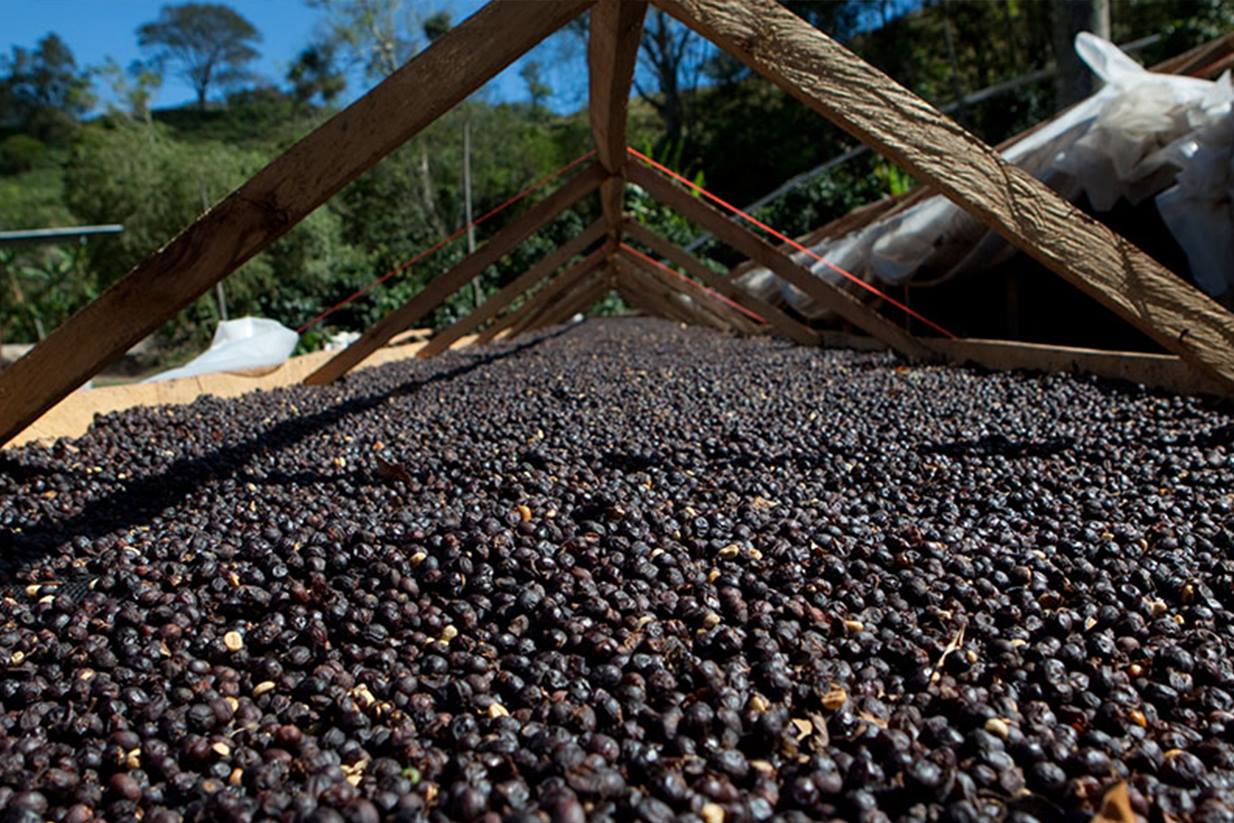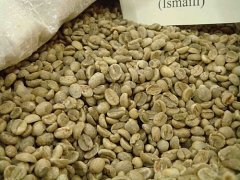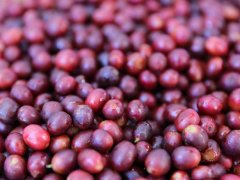Colombian Coffee Brand recommendation-Colombian Hula Volcano Farmer Coffee

For professional baristas, please follow the coffee workshop (Wechat official account cafe_style)
Colombia Huila Organic. Washed
Variety: Catera Castilla) Kaddura (Caturra) Colombia (Colombia) Tibica Typica
Altitude: 1400m-2000m producing area: Hula volcano area, Colombia
Treatment: sun drying certification after washing: organic certification fair trade
Organic certificate number of raw beans of the Agriculture and Food Department: 106-3216-00014
The cooperative, established in the Hula volcanic area in 2014, has a total of 84 small coffee farmers, derived from the gurgling spring on Michael Snow Peak in 5400 and flowing with extremely high-quality volcanic ash soil, so that the area has an excellent environment for growing organic coffee that does not require chemical fertilizers and pesticides. Coffee grows as high as 1400 meters to 2000 meters above sea level.
Due to the inherent advantages of the Hula volcanic area, the champion of the American Fine Coffee Association Cup Test Competition has come from this producing area many times in recent years, and the sweet and sour spectrum of fruit notes is the main feature.
Reference flavor: citrus, grapefruit, chocolate, sweet and sour fruit
Colombian Raminita model student (La Minita Reserva del Patron)
The producing area is located in the southernmost province of Nari ñ o, Colombia, about 2200 meters above sea level. Model raw coffee is a careful selection of small estates or farms in the Narino area, manually selected (hand-selected from harvest) coffee beans of the best quality and Supremo grade. Because of these strict screening mechanisms, the annual output of model raw coffee is only about 6000 packets of coffee, accounting for only about 4% of the Nari ñ o producing area.
These coffee beans are the essence of Narino producing areas, the processing process is strictly monitored by La minita standards, and the quality has excellent stability.
Important Notice :
前街咖啡 FrontStreet Coffee has moved to new addredd:
FrontStreet Coffee Address: 315,Donghua East Road,GuangZhou
Tel:020 38364473
- Prev

Costa Rica West Valley San Rafael Saint Raphael Microprocessing Field (honey processed beans) Introduction
Professional barista exchanges, please pay attention to coffee workshop (Weixin Official Accounts cafe_style ) Costa Rica West Valley San Rafael Saint Rafael Microprocessing Farm (honey processing beans) Costa Rica is the most stable and best quality coffee in Central America. Coffee production has a very long history. As early as the 19th century, it has been exported to Britain. In Costa Rica, Robusta varieties are prohibited by law.
- Next

2017 Brazilian Coffee is the most popular how to make Brazilian Coffee in San Ramondo Manor
Professional baristas exchange please pay attention to the coffee workshop (Wechat official account cafe_style) 2017 new arrival! Brazil 2016 Excellence Cup competition wins San Ramondo Manor! Owner Fabio Protazio De Abreu bought the San Ramondo Manor in 2011, and his idea is clear: only plant high-quality products and build the reputation of the estate through competitions! San Ramondo is located in the higher Sea of Minas.
Related
- Detailed explanation of Jadeite planting Land in Panamanian Jadeite Manor introduction to the grading system of Jadeite competitive bidding, Red bid, Green bid and Rose Summer
- Story of Coffee planting in Brenka region of Costa Rica Stonehenge Manor anaerobic heavy honey treatment of flavor mouth
- What's on the barrel of Blue Mountain Coffee beans?
- Can American coffee also pull flowers? How to use hot American style to pull out a good-looking pattern?
- Can you make a cold extract with coffee beans? What is the right proportion for cold-extracted coffee formula?
- Indonesian PWN Gold Mandrine Coffee Origin Features Flavor How to Chong? Mandolin coffee is American.
- A brief introduction to the flavor characteristics of Brazilian yellow bourbon coffee beans
- What is the effect of different water quality on the flavor of cold-extracted coffee? What kind of water is best for brewing coffee?
- Why do you think of Rose Summer whenever you mention Panamanian coffee?
- Introduction to the characteristics of authentic blue mountain coffee bean producing areas? What is the CIB Coffee Authority in Jamaica?

